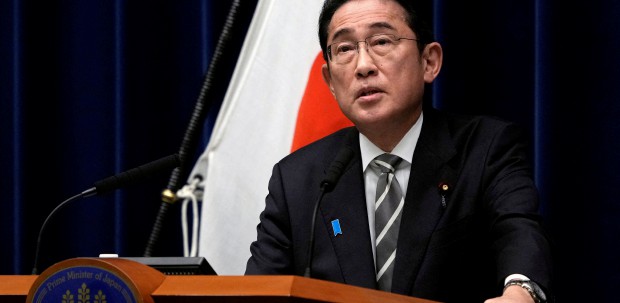MALAYSIA is hosting the Langkawi International Maritime and Aerospace (Lima) exhibition this week.
Lima brings to Langkawi defence assets, namely aircraft and ships, as well as enhances military cooperation and networking.
These assets are big-ticket items. Defence is a "public good" — an essential activity of governments in times of peace or war.
It is normal for defence spending to amount to about three to five per cent of the annual gross domestic product of many countries, not only for salaries of personnel and maintenance of assets and quarters, but also for education and health, and research and development.
Military expenditures contribute to economic growth, too, such as those relating to construction, skills training, staff healthcare, and, as in advanced nations, R&D, which spawns goods and services that benefit society.
A simple example: our repair and maintenance of air force aircraft has allowed us to build capabilities in these areas.
Our armed forces are also deployed in peacetime such as during disasters and emergencies. Indeed, the formula for defence spending in national budgeting must not be based on wartime needs alone but equally on the armed forces' potential contribution to economic and social development, in particular skills formation and national capability for economic modernisation and transformation.
Defence spending has spillover effects on areas around their locations. Some have estimated that the defence expenditure multiplier is between 1.3 and 1.6. We have to estimate the value of the defence multiplier for Malaysia in order to know the possible benefits of spending.
This will help our friends at the Treasury and the Defence Ministry to determine the annual allocation for the sector with some accuracy and avoid the perception that defence spending does not contribute to economic development.
The deployment of the armed forces — the army, navy and air force — involves the maintenance and repair of complex assets, demanding technical skills and competencies at many levels.
Surely these activities can be connected with the merchant fleet, the airline industry and general construction and transportation.
Making these connections at the national and regional levels will contribute to a strong defence industry.
In terms of human capital, technical and vocational education and training in these areas can support industrialisation in Malaysia, where skills are still inadequate.
Malaysia may have to provide more budgetary resources for the defence sector in the coming years for several reasons.
First, the diversified nature of national wealth such as seas and the rich resources (fisheries, petroleum and gas, and tourist potential) demands that greater defence spending give greater confidence to investors in these areas of related economic activities.
Over the years, our economy has become more diversified and complex, requiring matching sophistication in defence capability, especially in a region where increasing strategic interests are shown by superpowers such as China and the United States.
Amid these developments, Malaysia has attracted much interest from foreign investors as reflected by the investment approvals by the Malaysian Investment Development Authority in 2021 and last year.
By spending more on defence, we will indicate that we have the duty and capability to protect these investments, in addition to other approaches such as diplomacy through Asean networking.
The writer is adjunct professor at the International Institute of Public Policy and Management, Universiti Malaya





